We may read volumes upon volumes of history books and make our teachers proud. But there’s nothing more all-telling than real pictures that document wonders of the past. With Joseph Niepce’s camera obscura used in 1827, humans realized that capturing fleeting moments and preserving them was possible. And they never looked back.
This time, we are taking you on a heartfelt roller coaster that will take us back to the past. From the image of the nine kings of Europe photographed together for the first and only time to the snap of workers painting the Eiffel tower, these are one-of-a-kind moments.
In an unstaged manner, they reveal what genuinely made humans proud, moved them to tears, or left them heartbroken. Sometimes, the pics just show what kept them busy during the day. Fasten your seat belts, relax, and enjoy the time travel.
#1 In 1969, When Black Americans Were Still Prevented From Swimming Alongside Whites, Mr. Rogers Decided To Invite Officer Clemmons To Join Him And Cool His Feet In A Pool, Breaking A Well-Known Color Barrier
#2 Incredible Photograph Of A German Soldier Going Against Direct Orders To Help A Young Boy Cross The Newly Formed Berlin Wall After Being Separated From His Family, 1961
#3 Charles Thompson Greets His New Classmates At Public School No. 27 In September 1954, Less Than Four Months After The Supreme Court Ruled That Racial Segregation Was Unconstitutional. Charles Was The Only African-American Child In The School. Photo By Richard Stacks For The Baltimore Sun
To find out just the meaning behind these historical photographs in a broader sense, Bored Panda reached out to Marcelo Guimarães Lima, a visual artist (drawing, painting, printmaking), writer and teacher. In his art, Marcelo employs figurative and abstract approaches to explore questions related to personal, historical, social, and political issues of our diverse life-worlds.
Marcelo explained that the birth of photography changed the image of the world in a profound way because “it did change the world for us, image viewers and image producers.”
According to the artist, the historical photographs that eternalized these significant moments of the past show us both permanence and change: “The change of circumstances (that can also, at critical times, change the subjects), the permanence of challenges and struggles related both to the short and the long durations and processes.”
#4 Princess Diana Shakes Hands With An Aids Patient Without Gloves, 1991
#5 A Policeman In San Francisco Scolds A Man For Not Wearing A Mask During The 1918 Influenza Pandemic, 1918
#6 Jewish Prisoners After Being Liberated From A Death Train, 1945
Marcelo also explained that ambiguities of photography also reflect the ambiguities of situations. “The rhetoric of photography is that of a mediated immediacy and its effects are also related to the context of ideas expressed or directed also by the linguistic context (captions, text, etc).”
As a result, it all comes down to the circumstances on which the interpretation of the message relies. It also changes it. For example, “’The Queen of England as a war mechanic during WWII’ is a now a kind of ironic piece, or rather, the inherent irony of the image/message is what comes to the fore now,” Marcelo said.
#7 Members Of Dutch Resistance Celebrate The News Of Adolf Hitler’s Death, April 1945
#8 Margaret Hamilton And The Handwritten Navigation Software She And Her Mit Team Produced For The Apollo Project, 1969
#9 Statue Of David By Michelangelo, Encased In Bricks To Prevent Damage From Bombs, During World War 2
The history of photography is as incredible as history itself. After all, without cameras, these historical snaps wouldn’t exist.
But it turns out that the birth of photography was quite recent (in a historical context), that is, less than two hundred years ago.It all started in 1826 with the photographic process invented by Joseph Nicéphore Niépce, which he used to make the earliest known surviving photograph from nature. Known as heliography, the process refers to a wireless telegraph that signals by flashes of sunlight (generally using Morse code) reflected by a mirror.
Heliography was followed by the daguerreotypy method of photography, developed by Louis Daguerre, who made daguerrotypy sixty to eighty times quicker than Niepce’s initial method. In Great Britain, Henry Fox Talbot was also experimenting with talbotypy, which used paper coated with silver iodide.
#10 An American Soldier Cradles A Wounded Japanese Boy And Shelters Him From The Rain In The Cockpit Of An Airplane During The Battle Of Saipan While Waiting To Transport The Youngster To A Field Hospital. July, 1944
#11 A Serbian Soldier Sleeps With His Father Who Came To Visit Him On The Front Line Near Belgrade, 1914/1915
#12 Louis Armstrong Playing For His Wife, Egypt, 1961
Only in 1889 did the world welcome the very first roll film pioneered by George Eastman. In 1913, these photographical inventions were followed by the very first 35mm camera engineered by German inventor Oskar Barnack.
1957 was the year of the first digital camera, which was a binary digital version of an existing camera that allowed the transfer of images into a digital computer.
Today, you can no longer imagine the internet and social media without photos (what would we do without cat pics?!). But it wasn’t until 1992 that Tim Berners-Lee published the very first photograph on the web. It was a picture of a comedy band called Les Horribles Cernettes, which was a house project at CERN Laboratory Switzerland, where Tim was developing the World Wide Web.

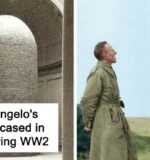
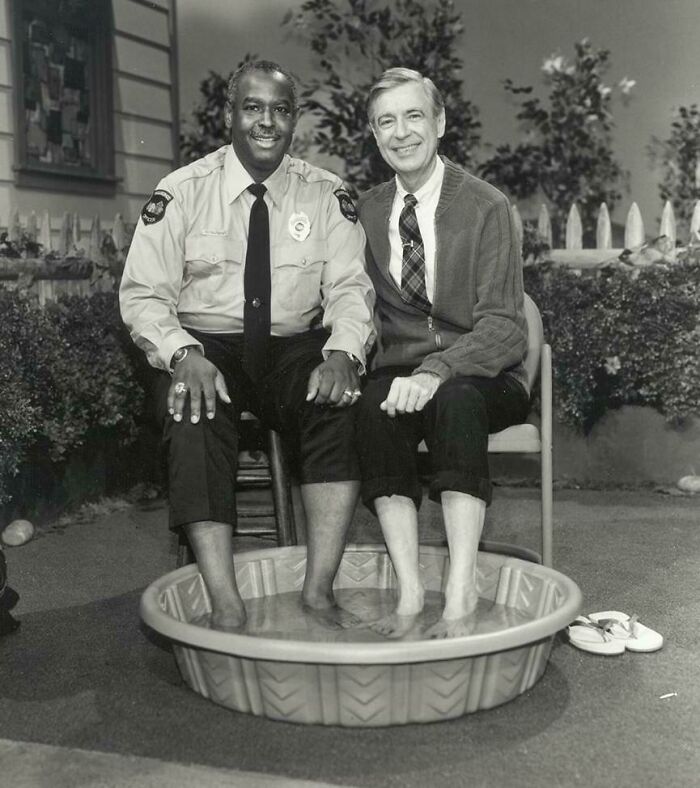
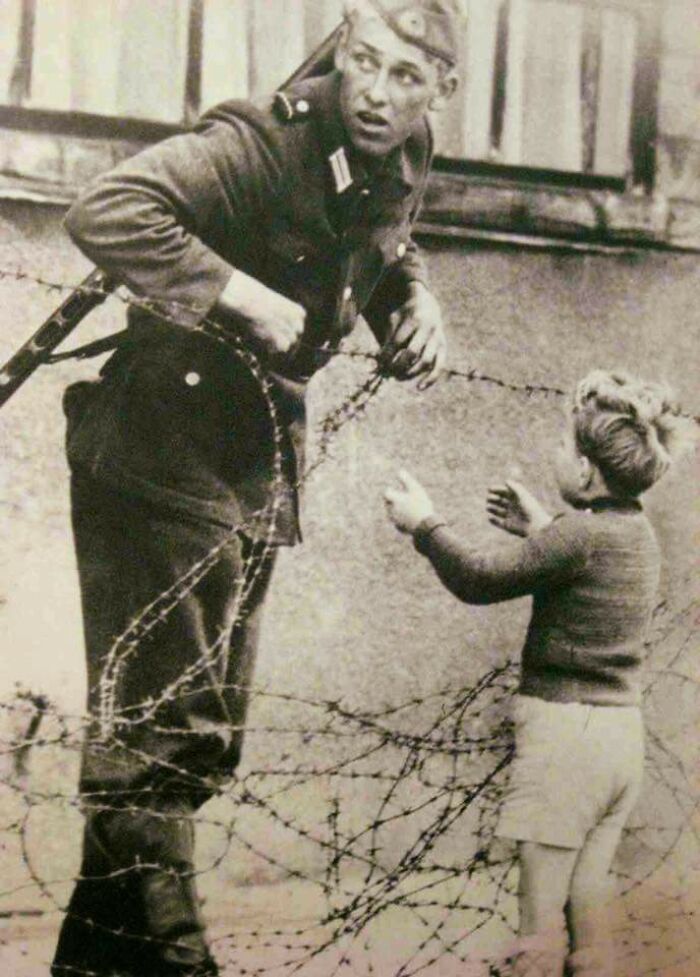
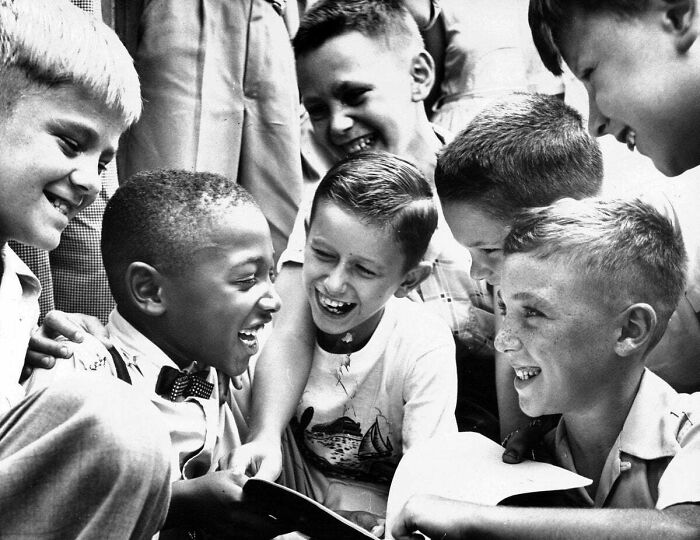
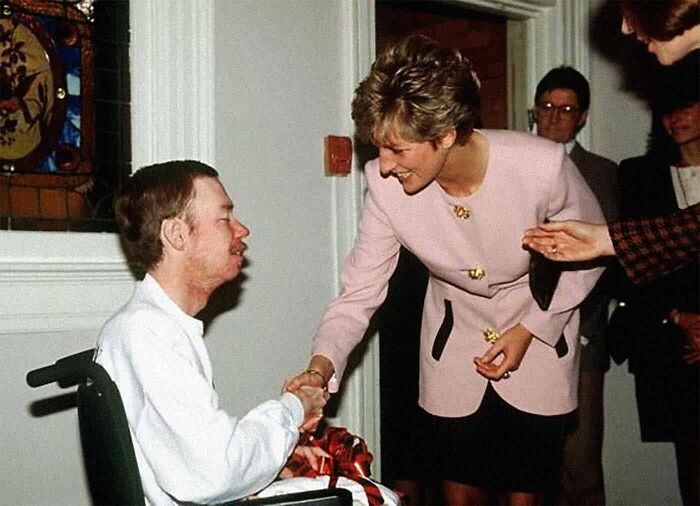

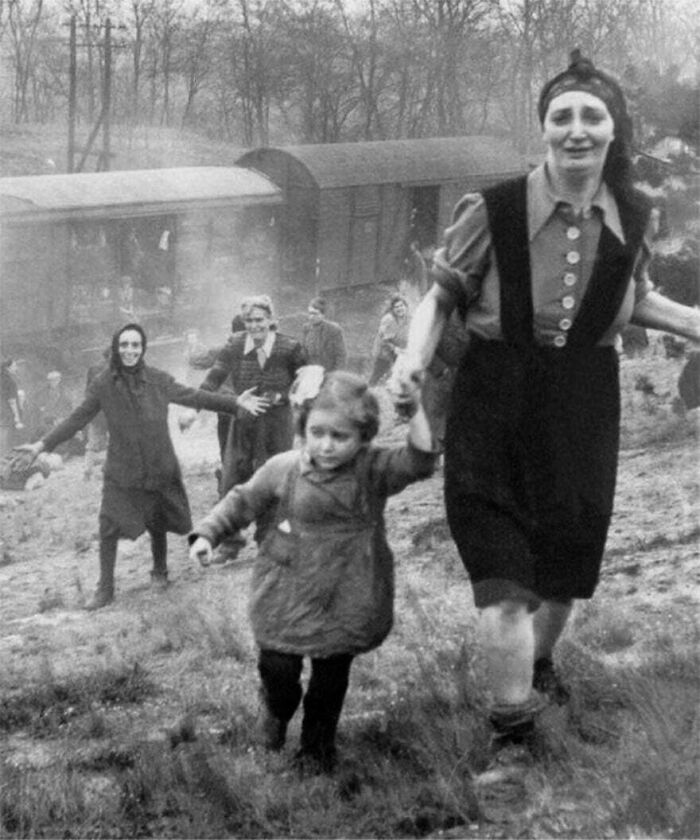
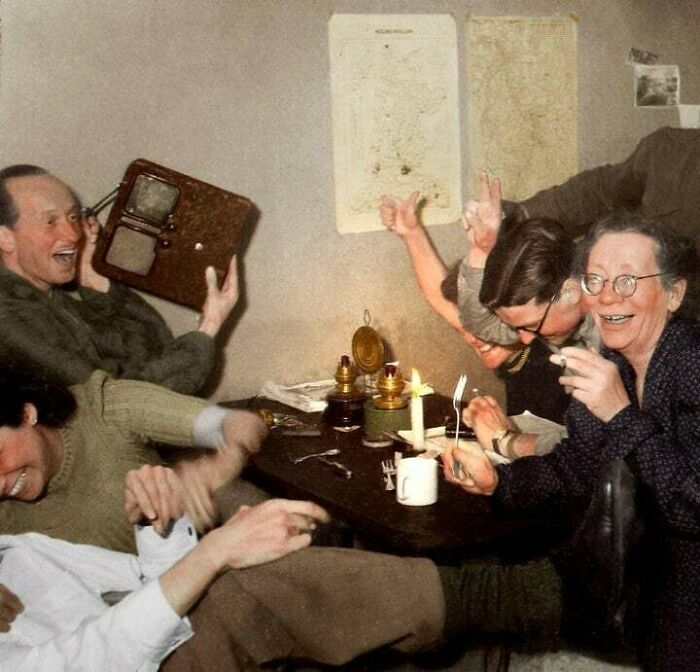
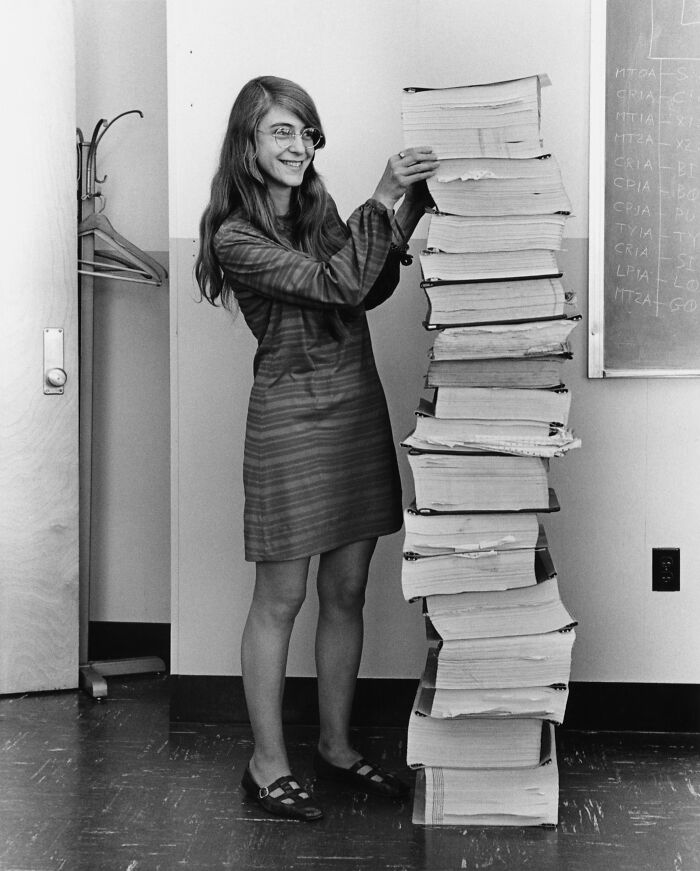
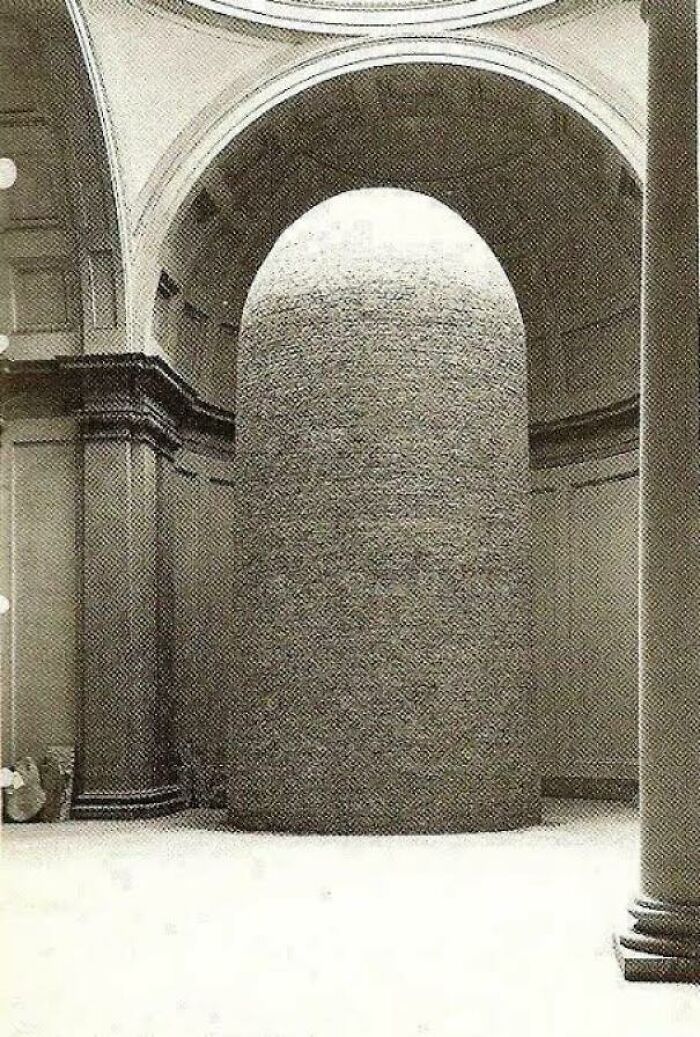
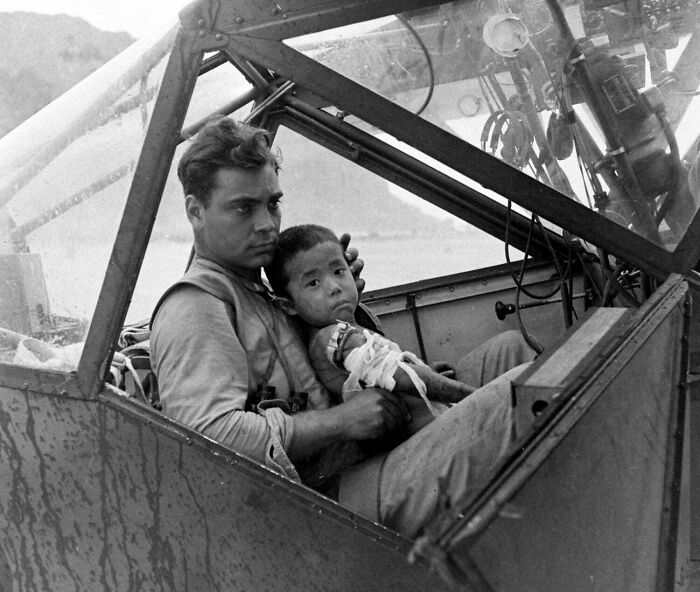

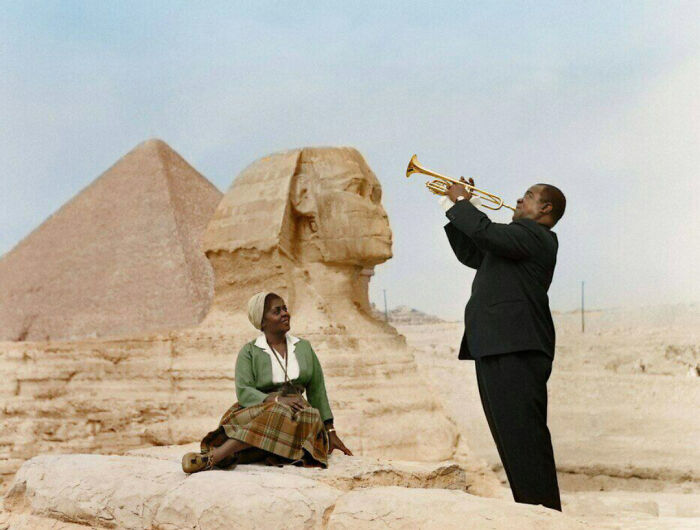

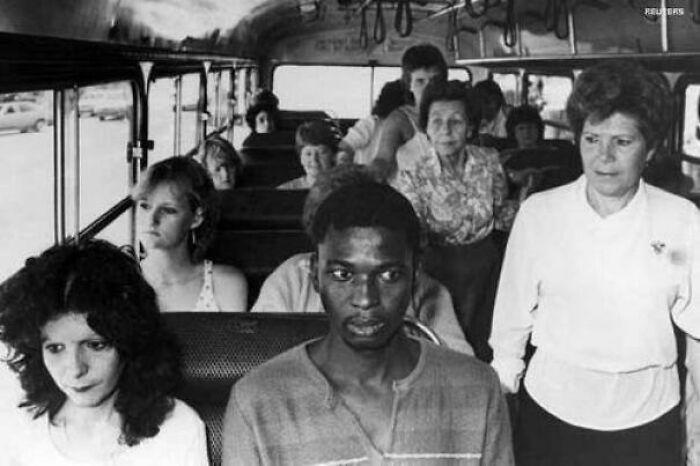
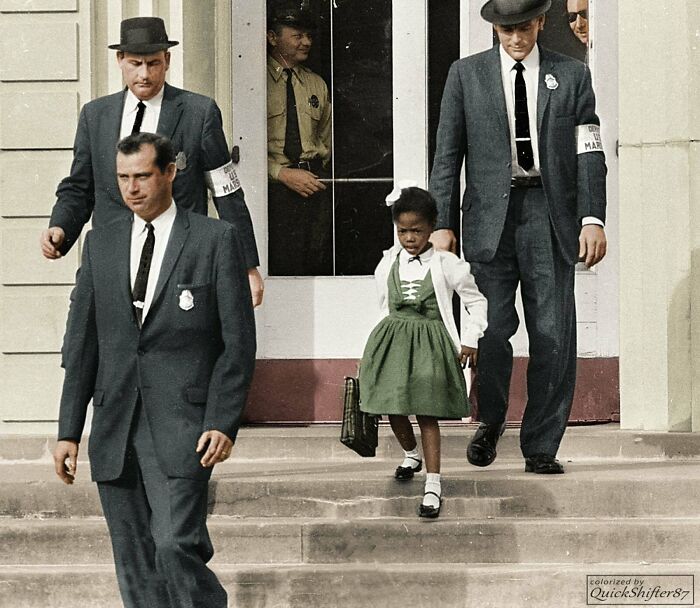
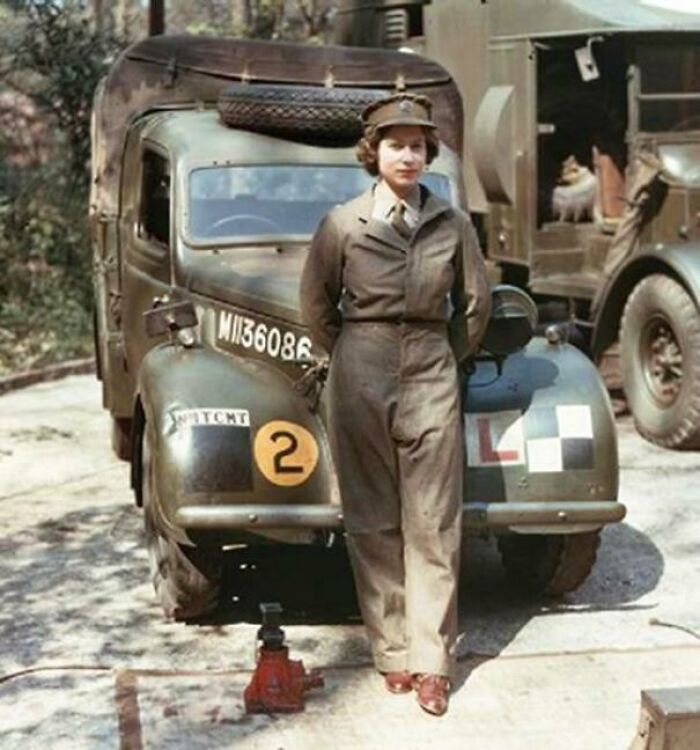

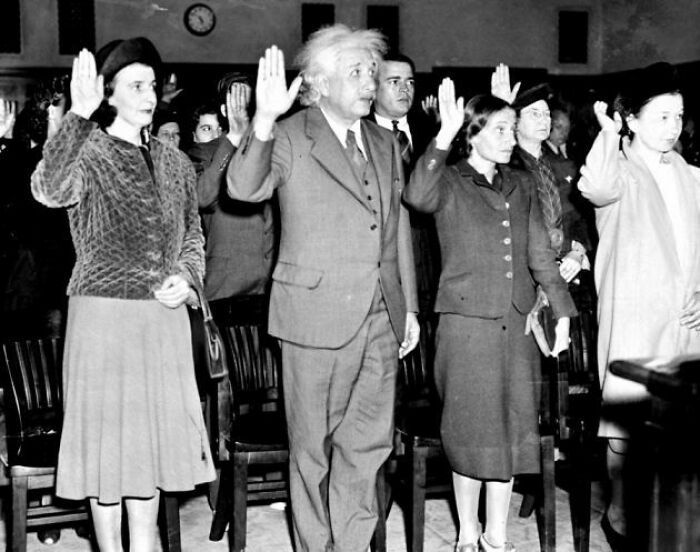
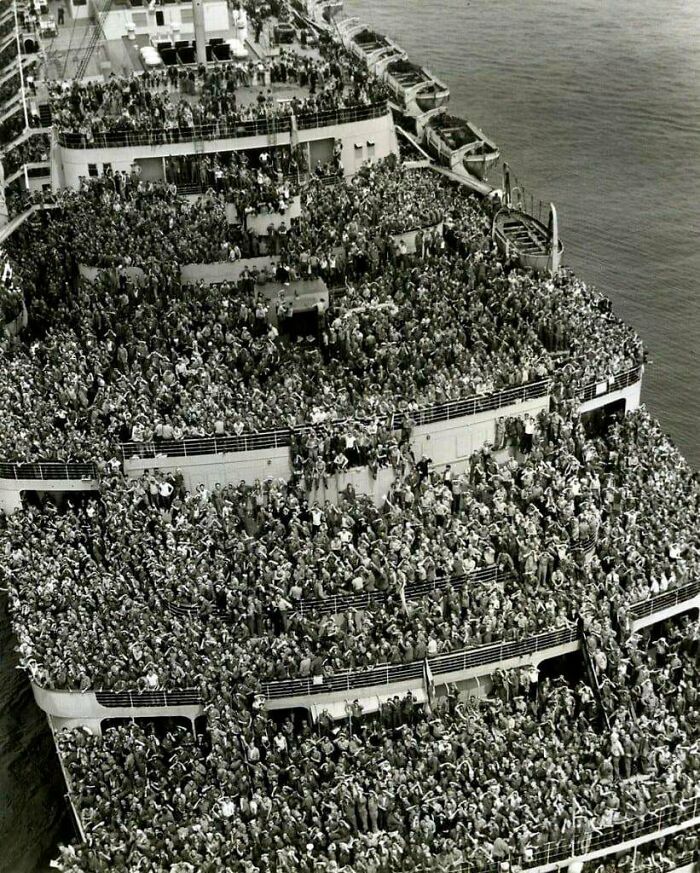


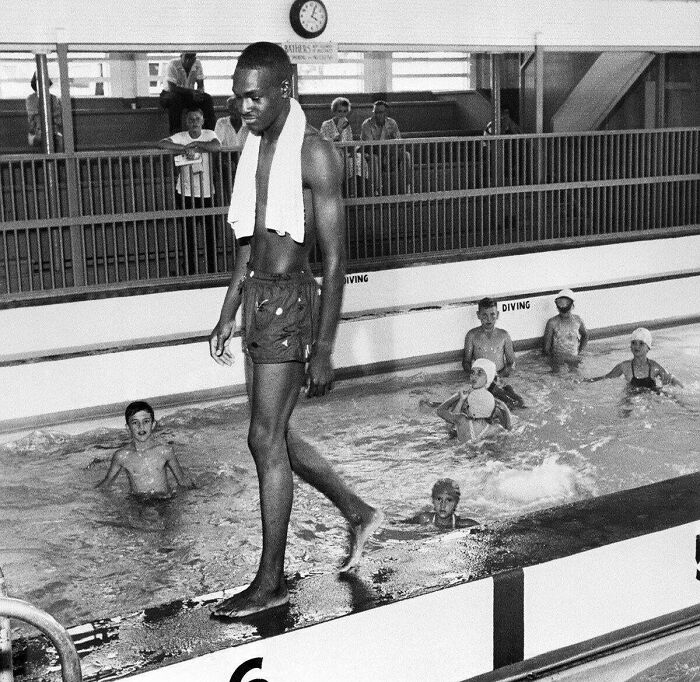

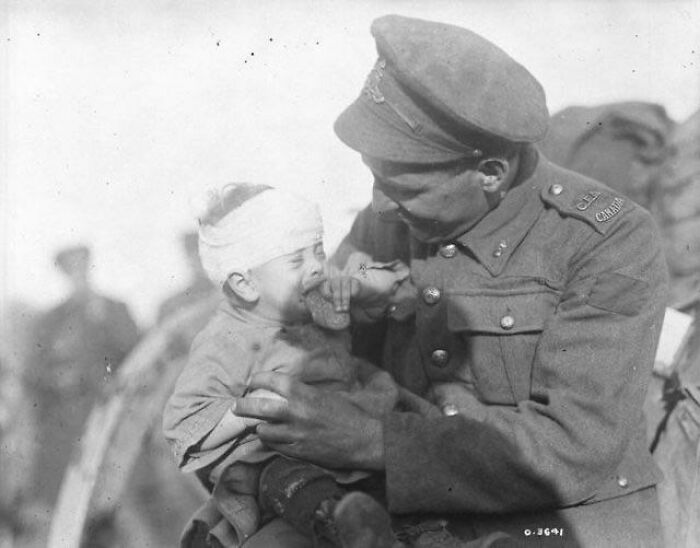
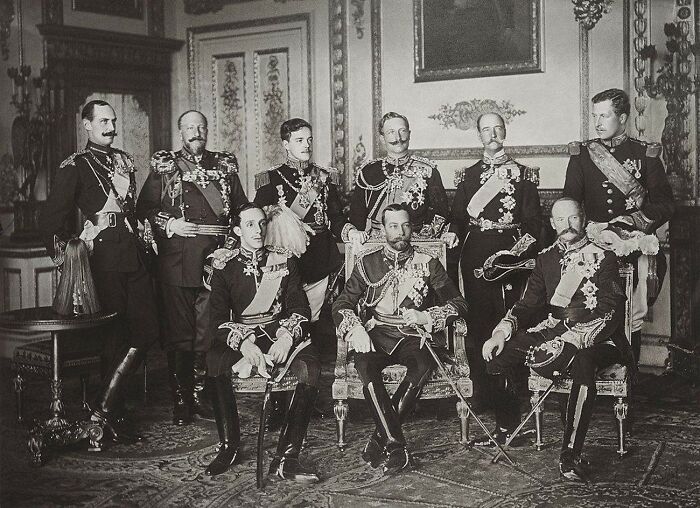
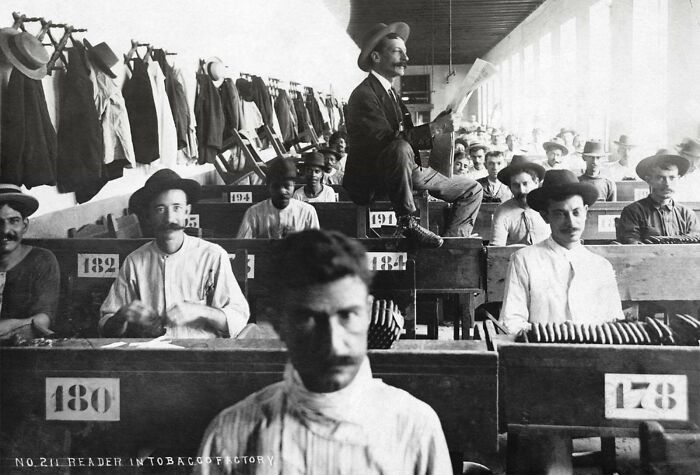
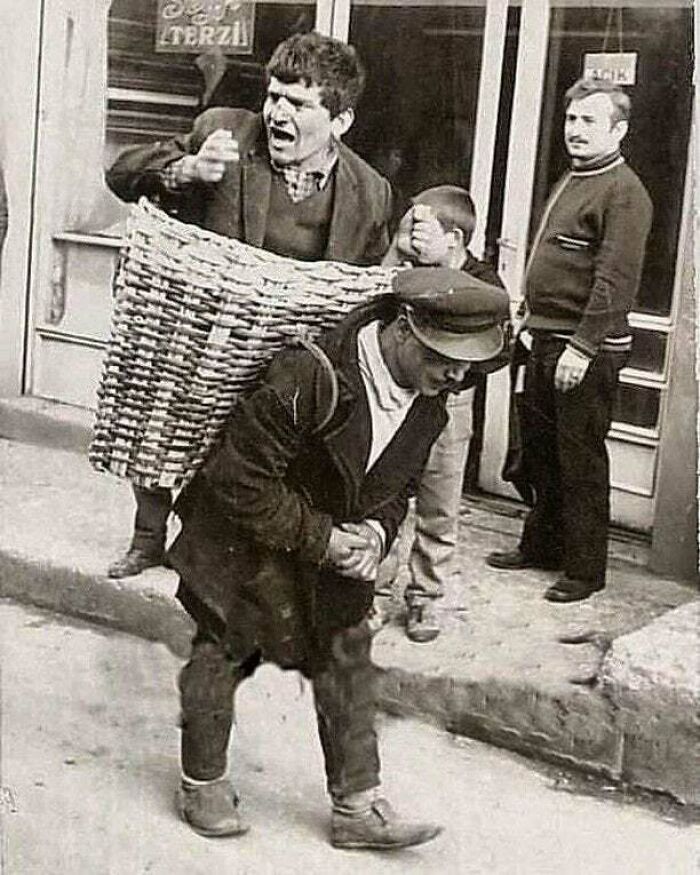
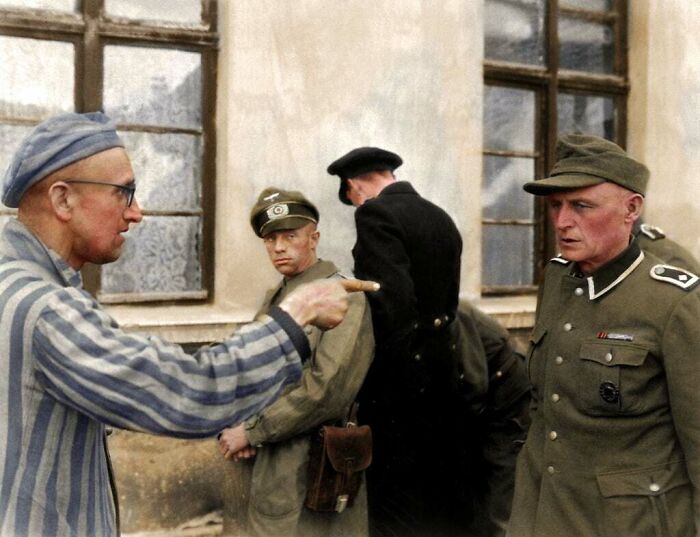
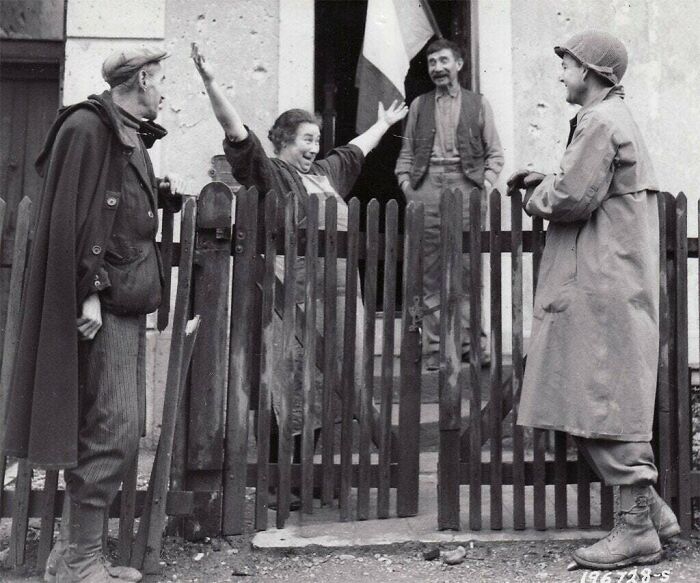
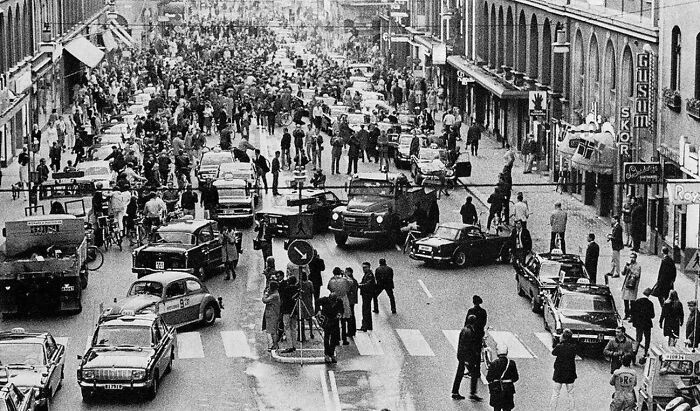
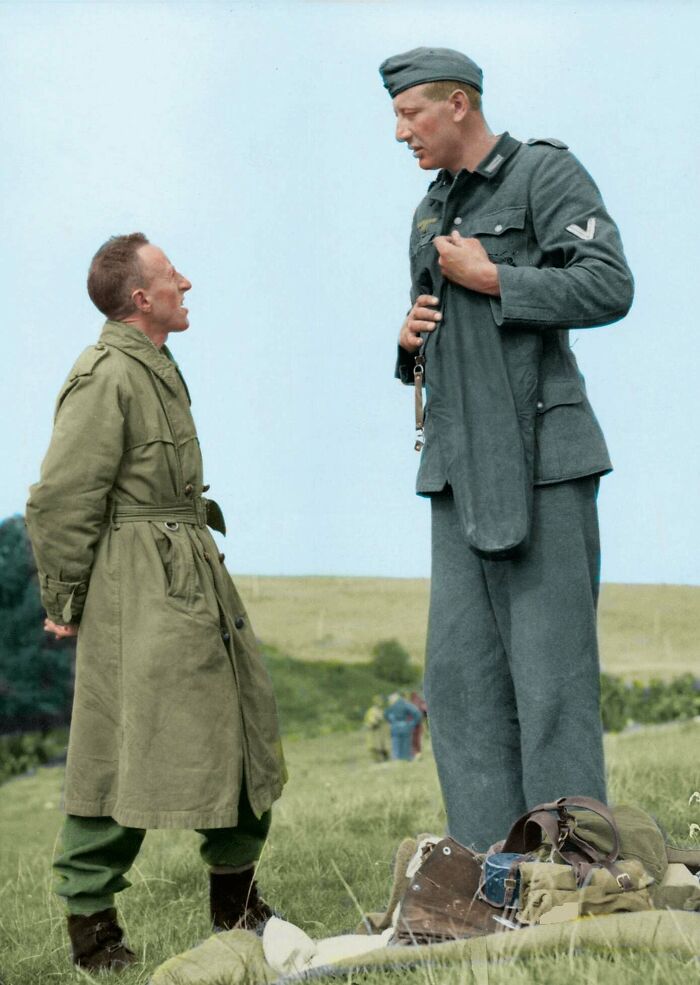
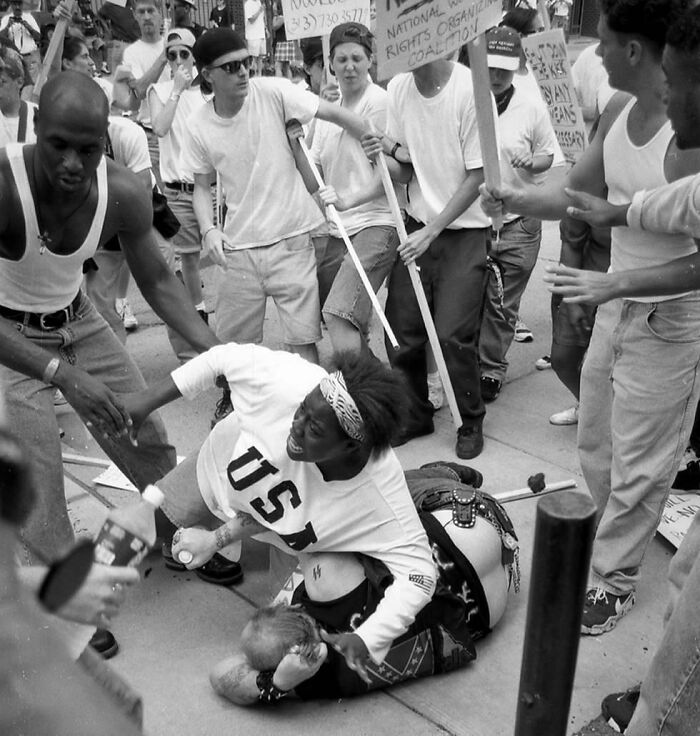
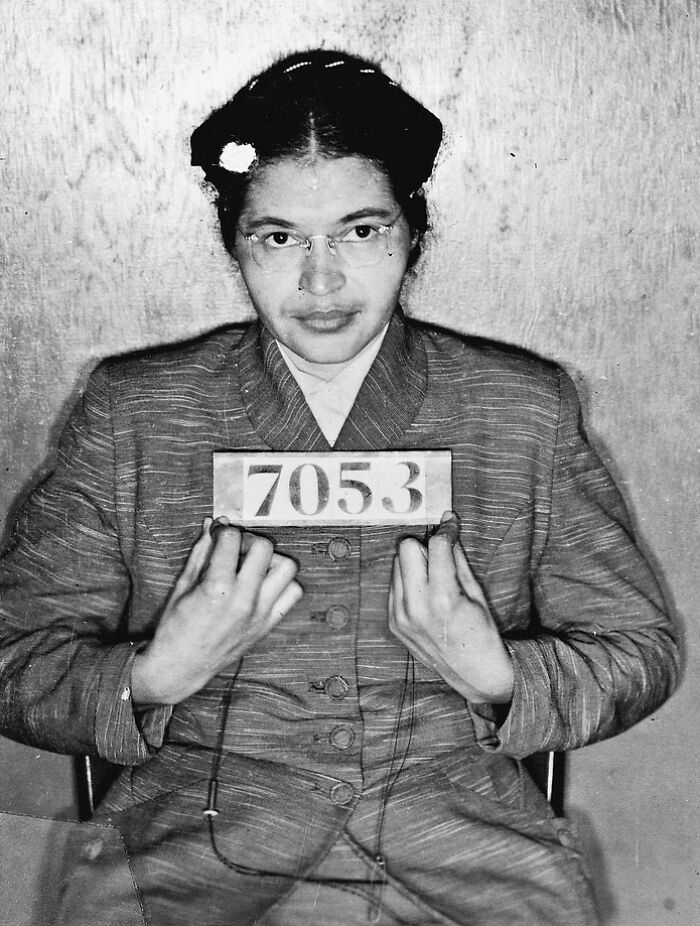
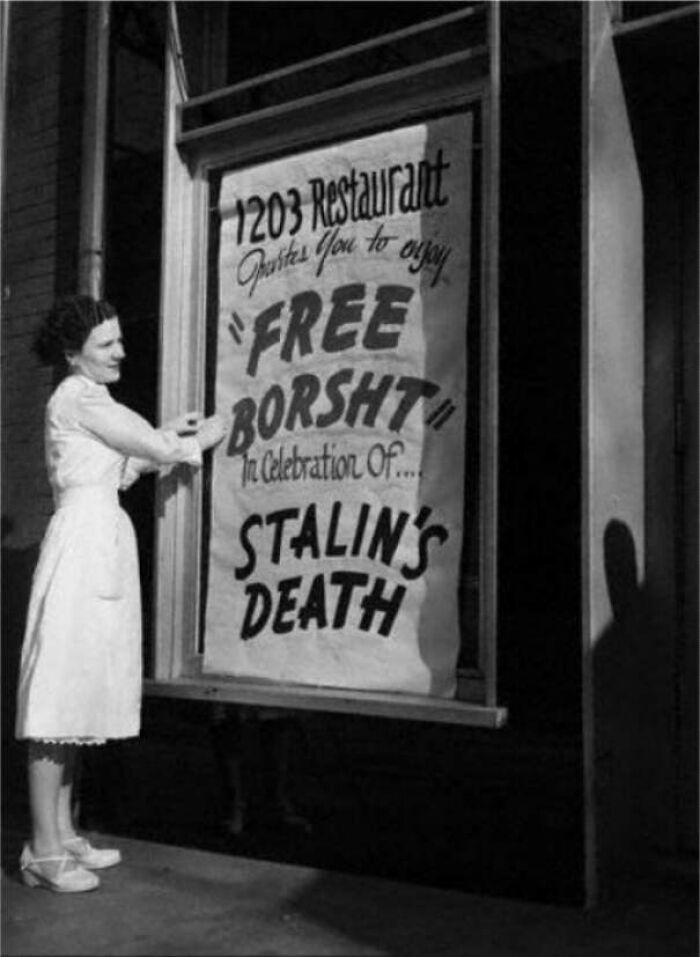
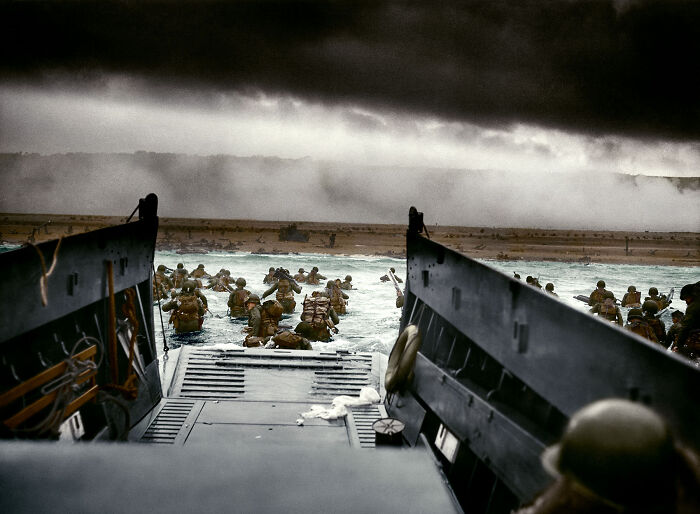
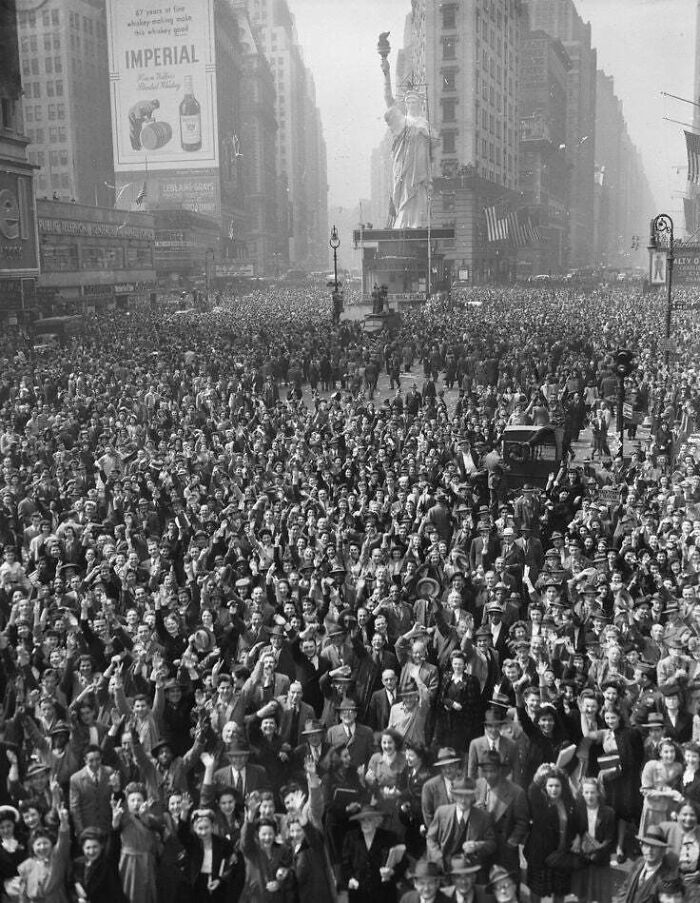

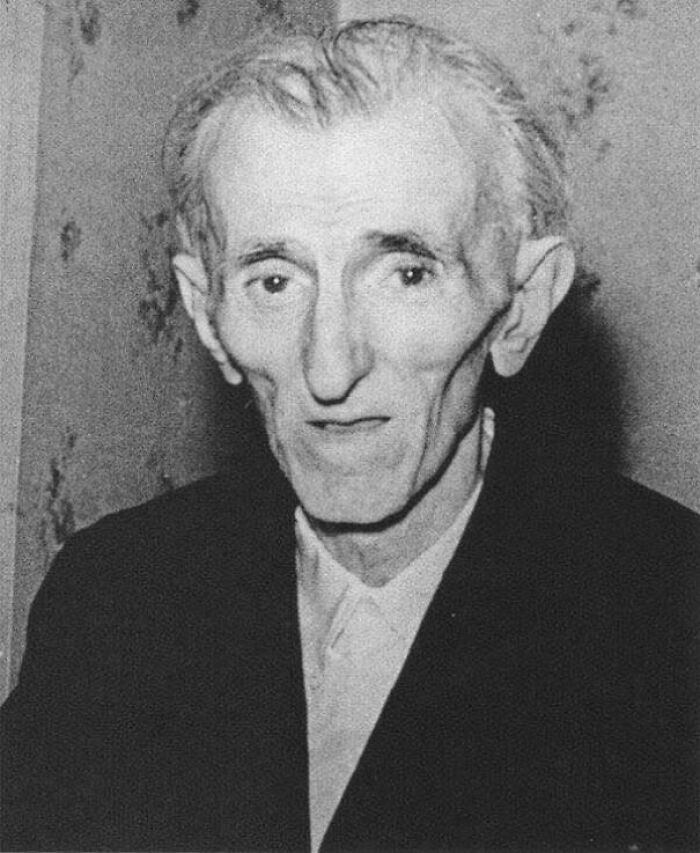
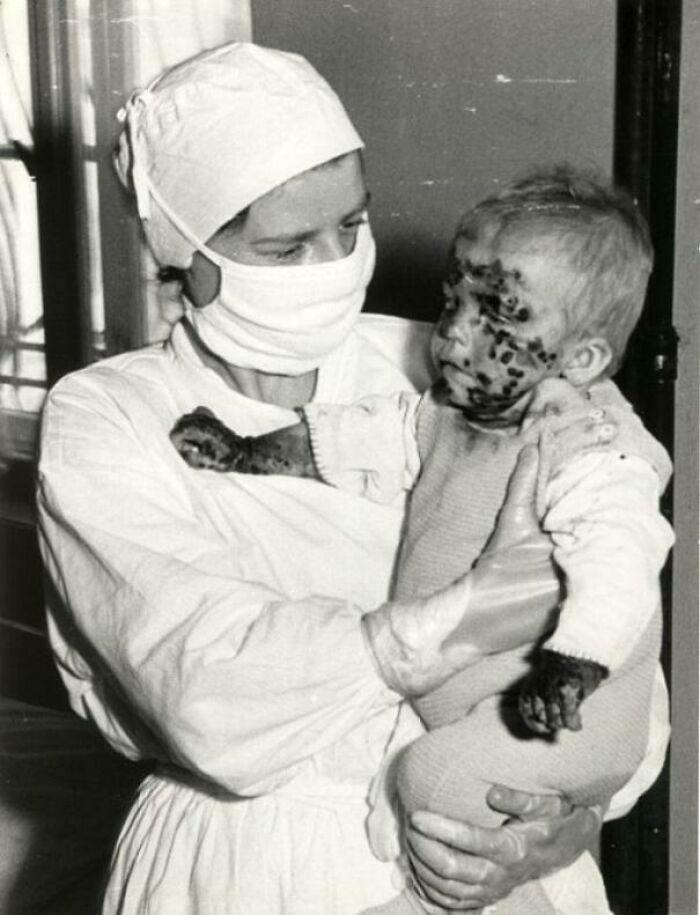

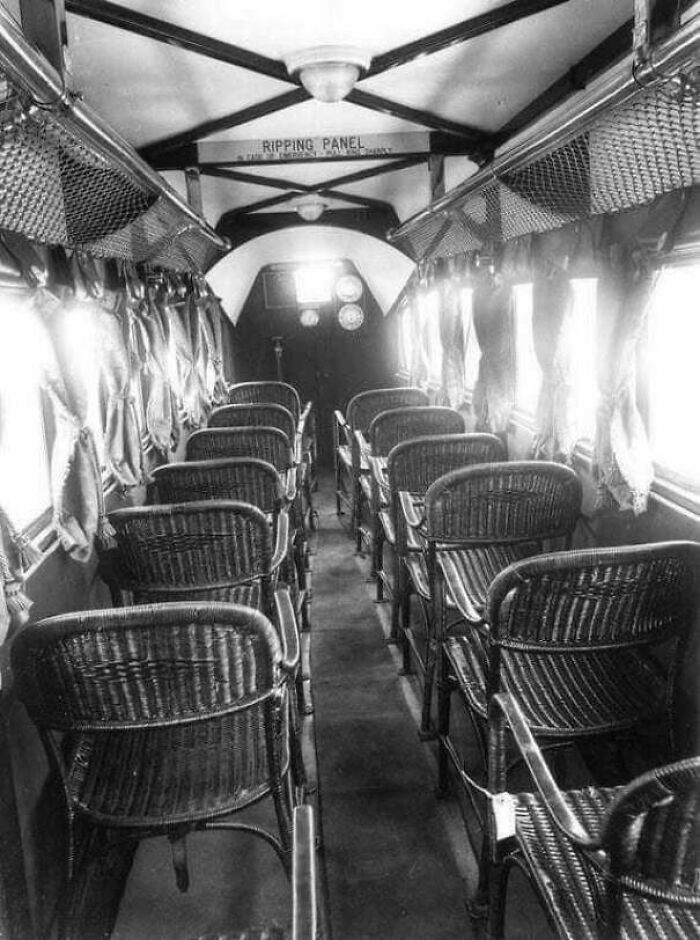
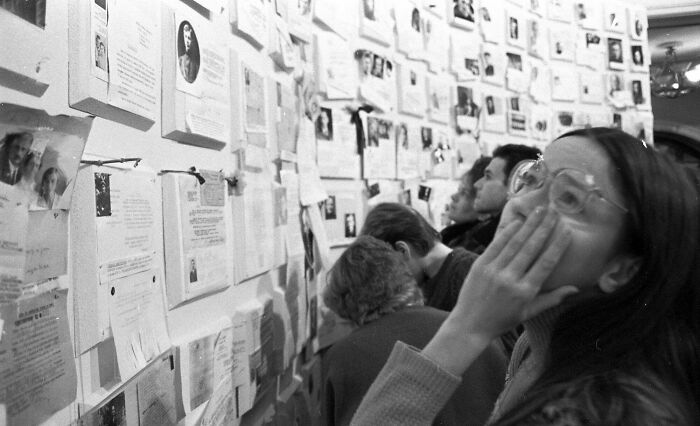
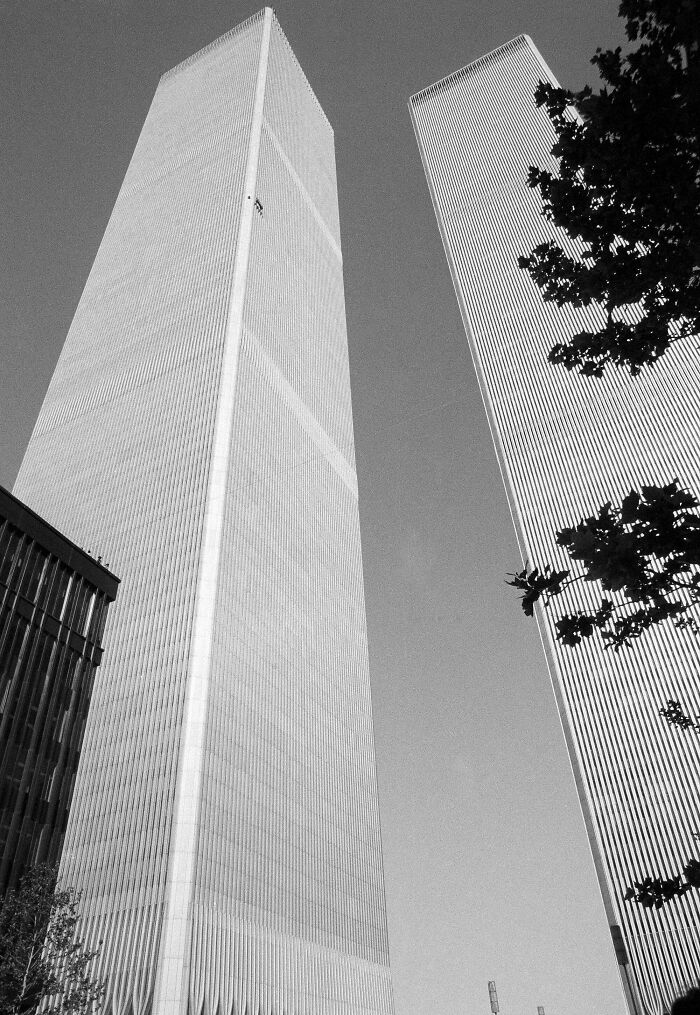
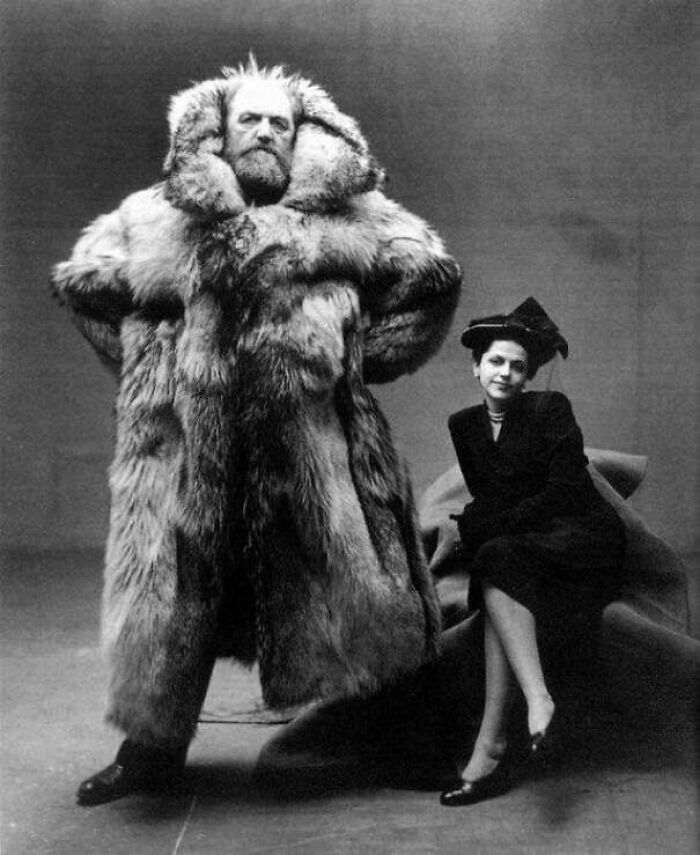
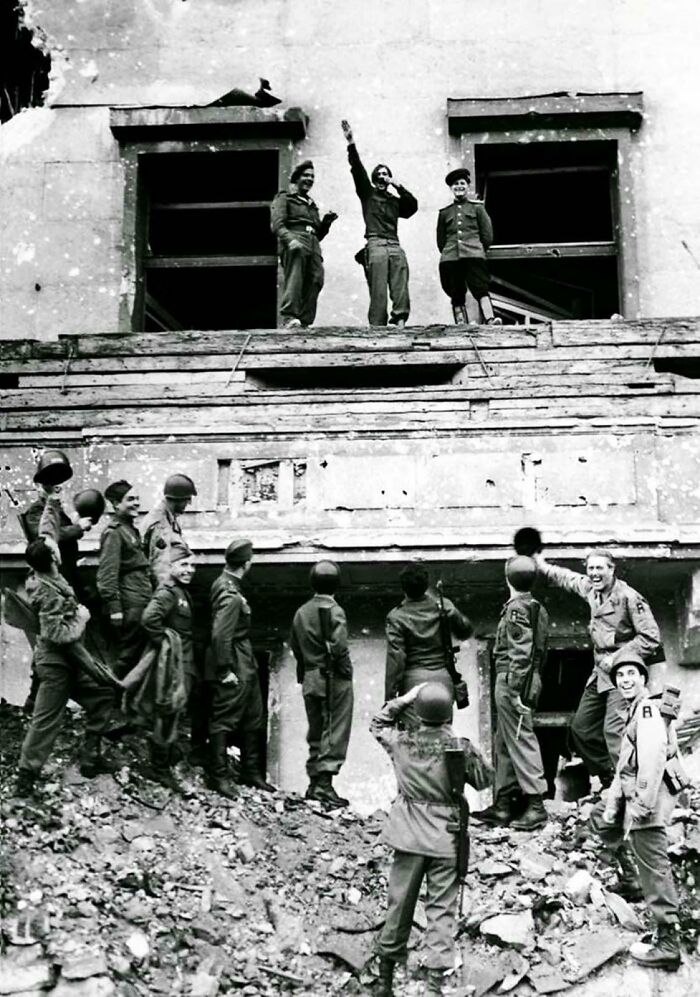

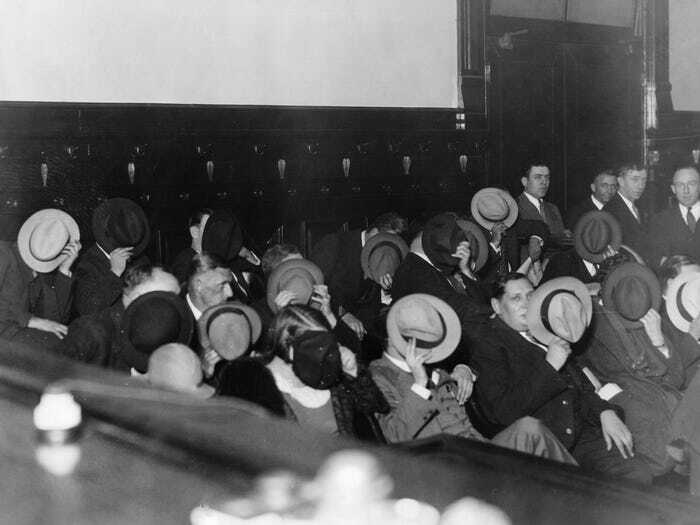
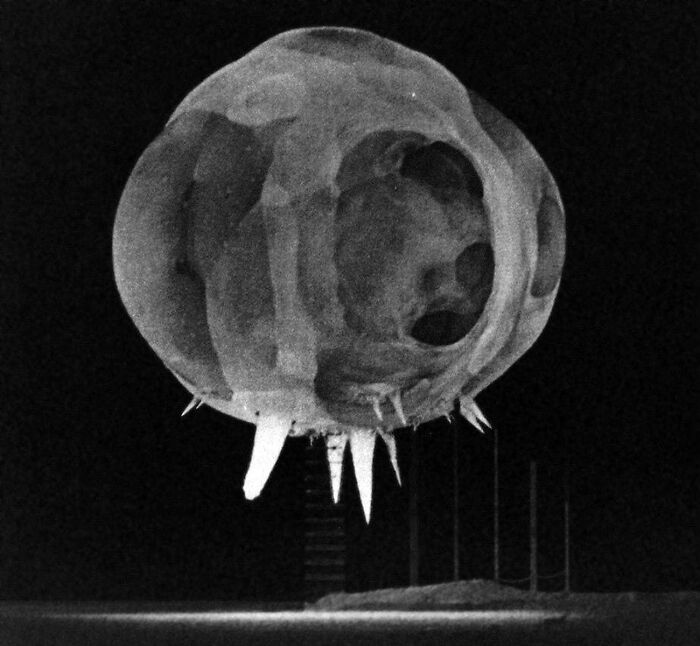
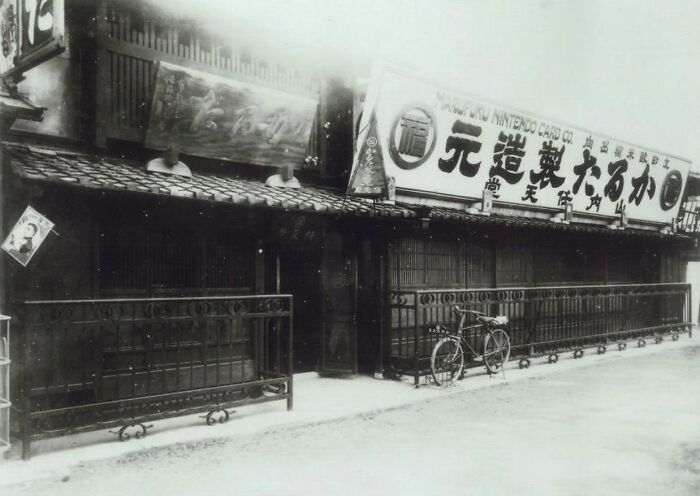
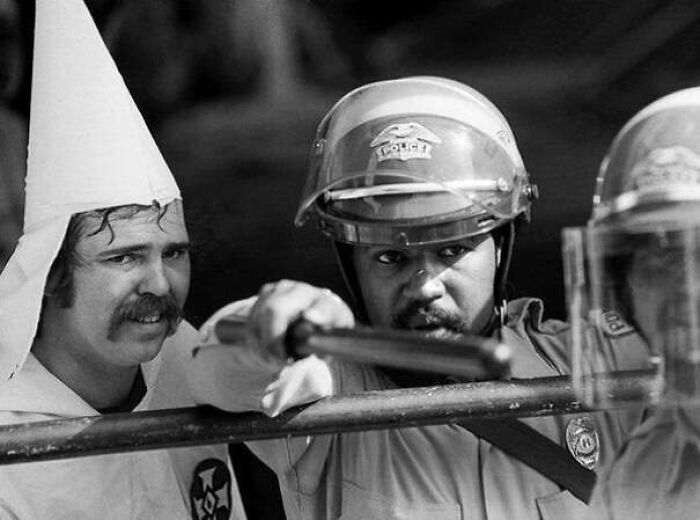
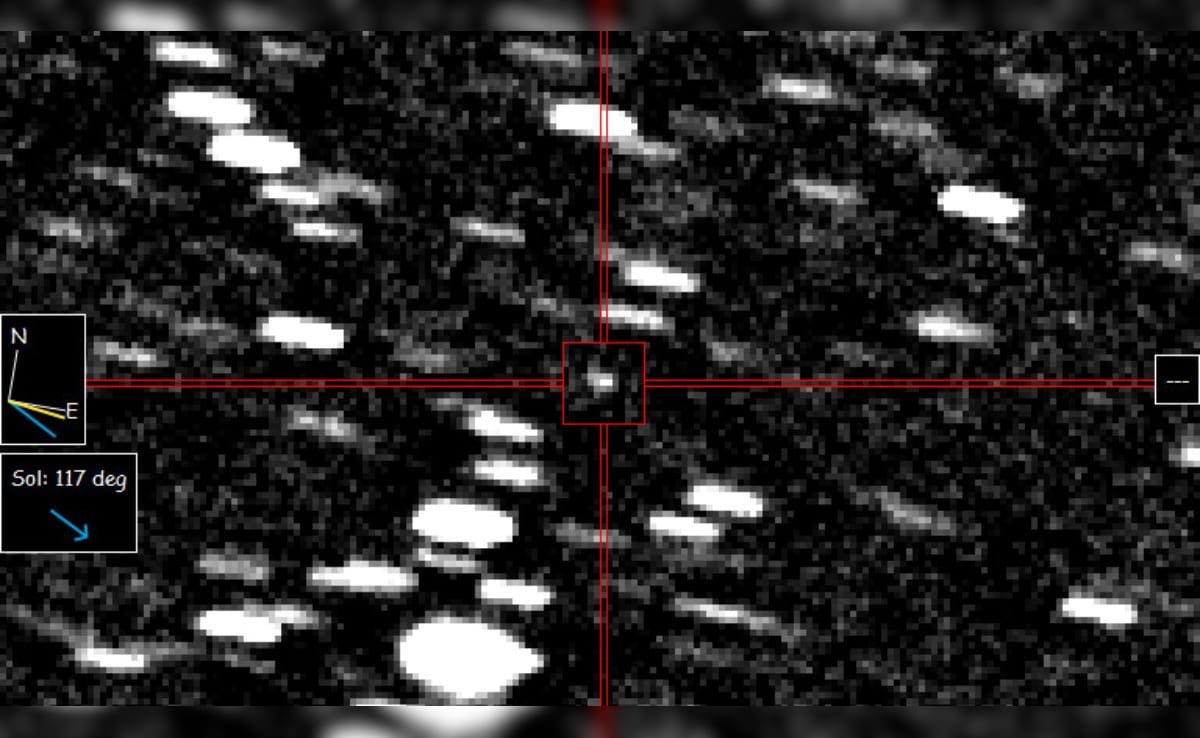

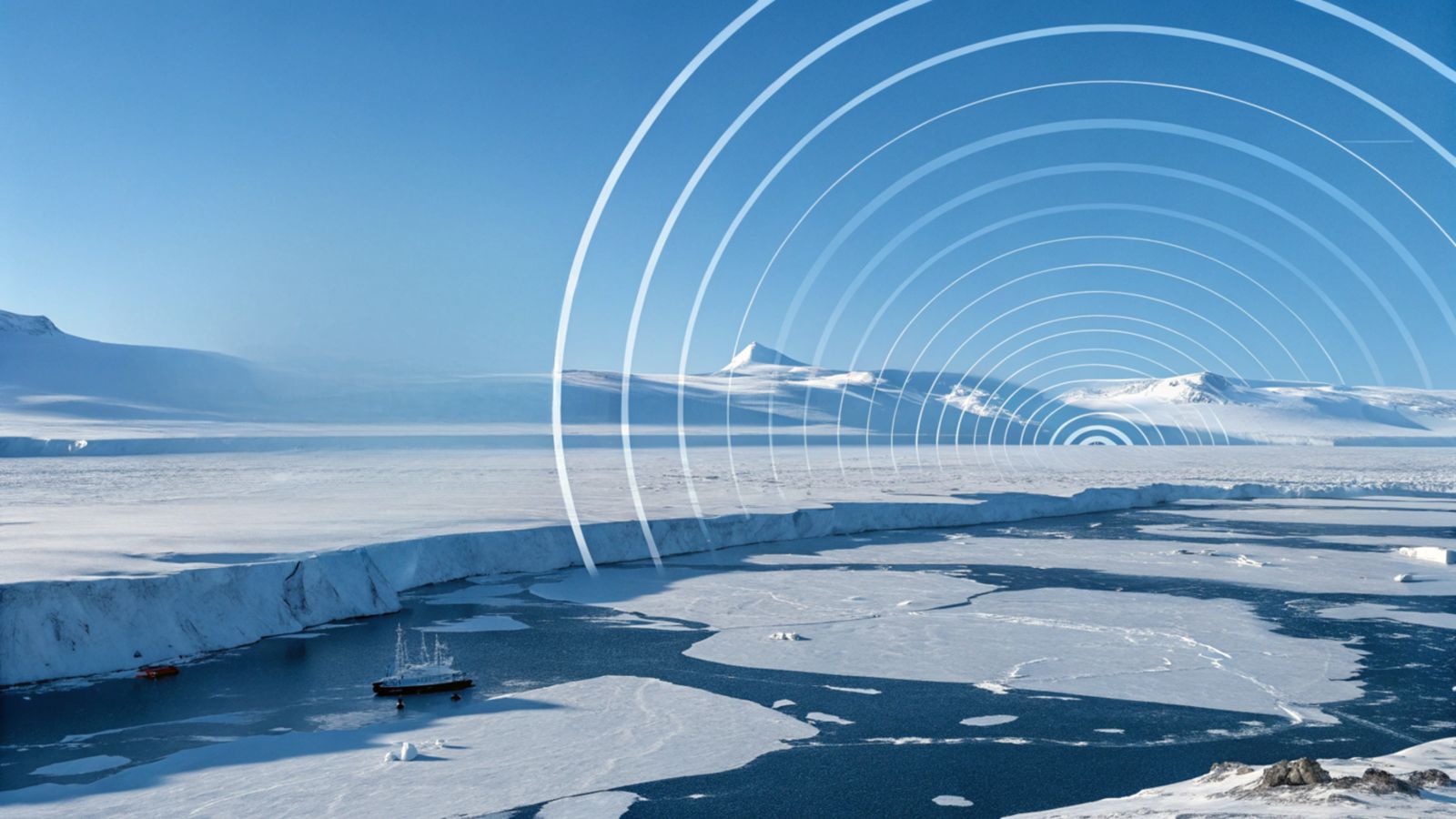
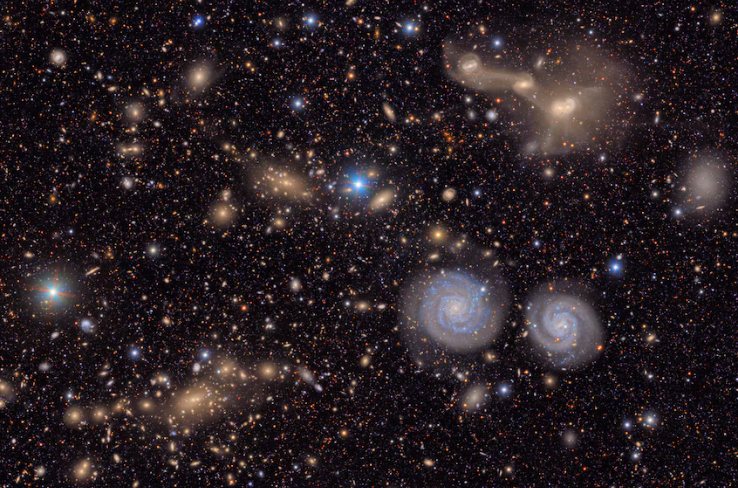
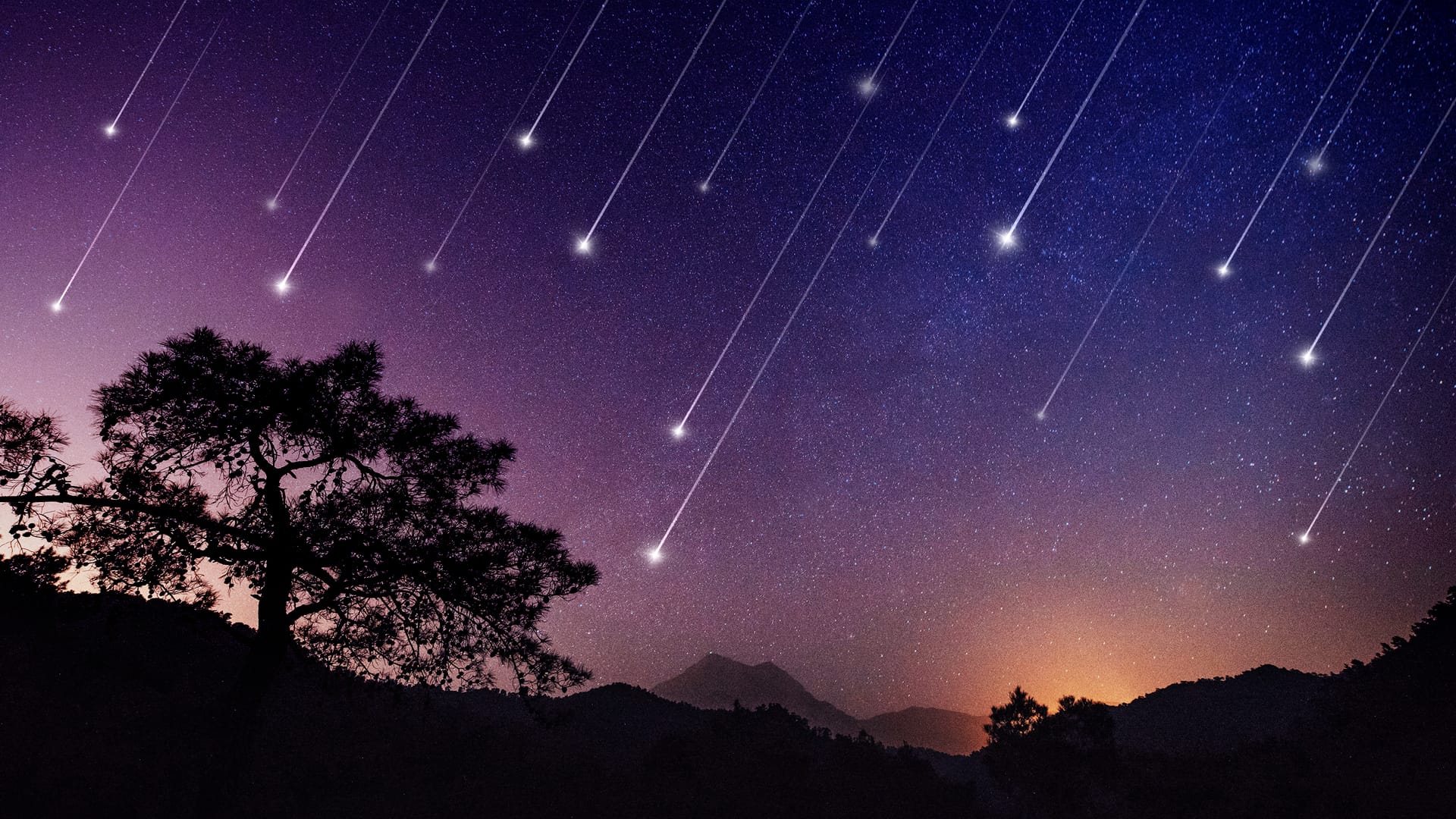
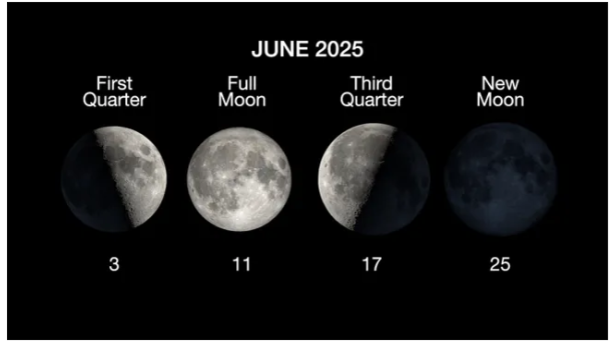
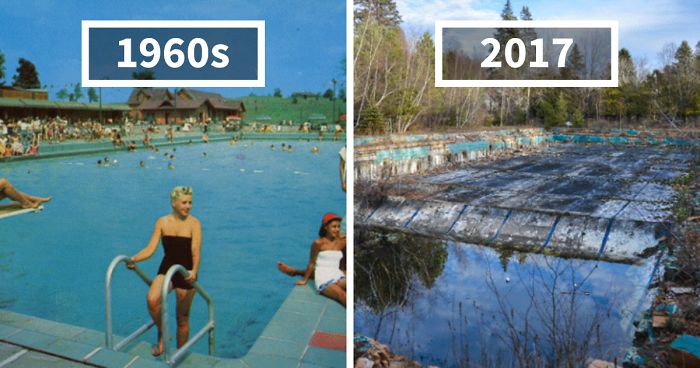 Photographer Finds Locations Of 1960s Postcards To See How They Look Today, And The Difference Is Unbelievable
Photographer Finds Locations Of 1960s Postcards To See How They Look Today, And The Difference Is Unbelievable  Hij zet 3 IKEA kastjes tegen elkaar aan en maakt dit voor zijn vrouw…Wat een gaaf resultaat!!
Hij zet 3 IKEA kastjes tegen elkaar aan en maakt dit voor zijn vrouw…Wat een gaaf resultaat!! 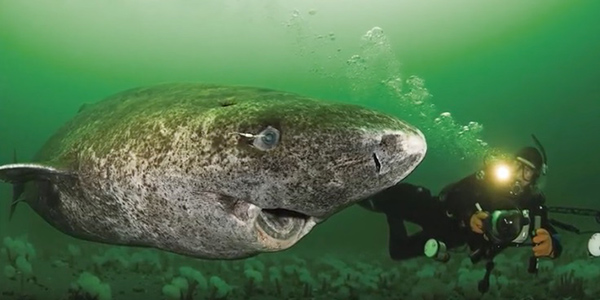 Scientists Discover 512-Year-Old Shark, Which Would Be The Oldest Living Vertebrate On The Planet
Scientists Discover 512-Year-Old Shark, Which Would Be The Oldest Living Vertebrate On The Planet  Hus til salg er kun 22 kvadratmeter – men vent til du ser det indvendigt
Hus til salg er kun 22 kvadratmeter – men vent til du ser det indvendigt  Superknepet – så blir snuskiga ugnsformen som ny igen!
Superknepet – så blir snuskiga ugnsformen som ny igen!  Meteorite That Recently Fell in Somalia Turns Out to Contain Two Minerals Never Before Seen on Earth
Meteorite That Recently Fell in Somalia Turns Out to Contain Two Minerals Never Before Seen on Earth  Nearly Frozen Waves Captured On Camera By Nantucket Photographer
Nearly Frozen Waves Captured On Camera By Nantucket Photographer 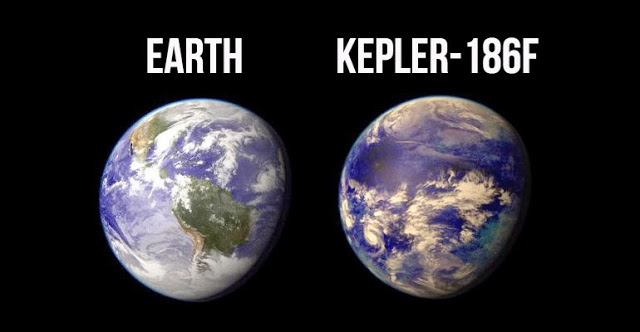 It’s Official: Astronomers Have Discovered another Earth
It’s Official: Astronomers Have Discovered another Earth 